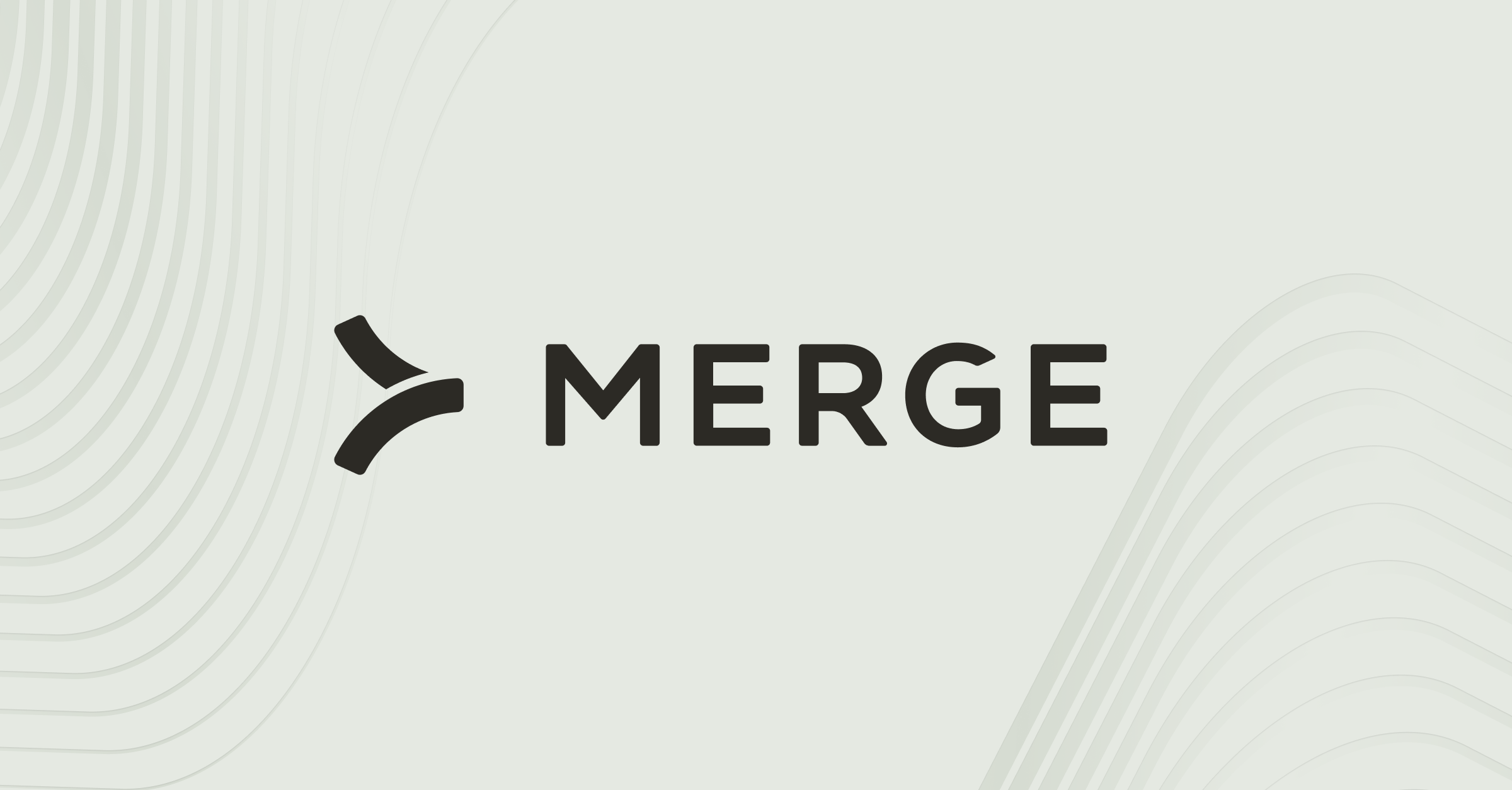Table of contents
MCP vs RAG: how they overlap and differ
.png)
As you look to build integrations and automate processes with large language models (LLMs), you’ll likely consider using the Model Context Protocol (MCP) and/or retrieval-augmented generation (RAG).
To better understand when each approach is relevant to a given integration use case, we’ll break down how they work and their relative strengths and weaknesses.
What is RAG?
It's a specific approach for allowing an LLM to access and use relevant, external context when generating a response. This external context can come from a variety of sources, like SaaS applications, files, and databases.
Here’s a closer look at how a RAG pipeline works:

1. Retrieval: An LLM embeds a user’s input (i.e., converts it into a vector representation) and fetches embeddings from a vector database based on how semantically-similar they are to the embedded user input.
2. Augmented: The LLM combines the retrieved embeddings with relevant, existing knowledge from the model’s training.
3. Generation: The LLM uses the retrieved context and existing knowledge to produce an output for the user.
Guru, as an example, uses RAG as a core functionality of their enterprise AI search platform.
An employee can ask all kinds of questions in their employer’s instance of Guru. Guru’s LLM then performs RAG to generate an output that answers the employee’s question in plain text and includes links to relevant sources in case the user wants to learn more.

What is MCP
It’s a protocol that allows LLMs to interact with outside data sources via an MCP server.
More specifically, MCP includes:
- An MCP client, which allows the host application (typically an AI chatbot) to request data or functionality exposed by an MCP server
- An MCP server, which can include API endpoints, files, databases, and other types of data
- Tools, which expose data or functionality from the MCP server with MCP clients

For example, say you offer an AI assistant in your product that’s integrated with several of your customers’ ticketing, file storage, and accounting systems.
Your customer can make a request to the assistant, such as creating a high priority ticket for engineering to build a requested product feature. The assistant can then review the tools exposed by the MCP server and call the one that lets it create a ticket in the customer’s project management system.

RAG vs MCP
RAG and MCP both allow an LLM to access data and functionality from an outside data source. They also both help LLMs answer users’ questions.
That said, each approach should be used for different use cases.
An LLM should use RAG to provide up-to-date information from a user’s input, whether that’s related to a customer, an employee, or on the business more broadly. And an LLM should use MCP when a user wants to perform actions inside of an application, such as creating a ticket, sending an email to a new hire, or updating a customer’s account information.
Put simply: RAG is best suited for enterprise AI search while MCP should support agentic AI use cases.
https://www.merge.dev/blog/api-vs-mcp?blog-related=image
Leverage Merge to support any AI use case in your product
Merge, the leading product integration platform, lets you use MCP and RAG across your product successfully by providing your LLM with:
- Access to normalized customer data from hundreds of integrations
- Access control lists (ACLs) to prevent your LLM from sharing information with unauthorized users
- Merge MCP, our dedicated MCP server that lets your LLM access all of our cross-category integrations and endpoints

Learn more about how Merge can power your product’s AI features by scheduling a demo with one of our integration experts.



.png)





